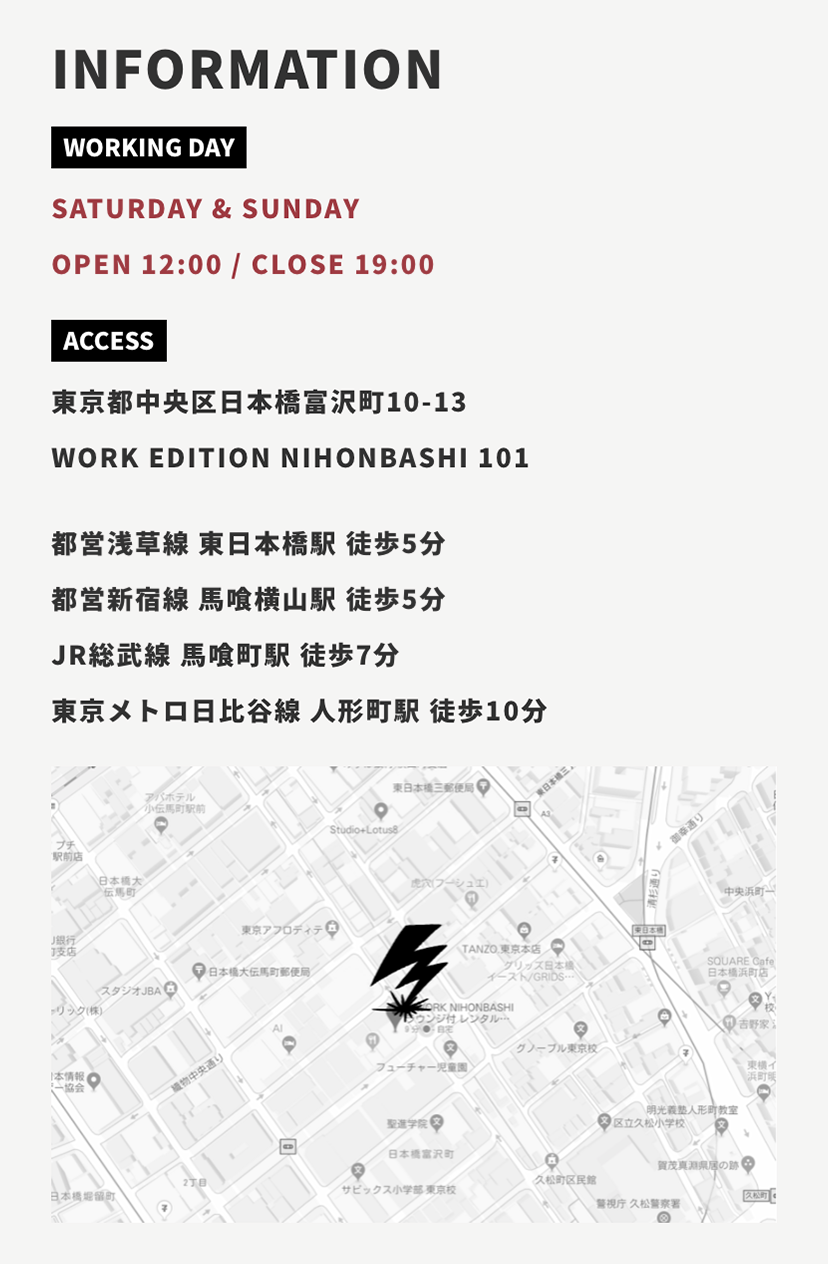アメリカにおける大雪の年のスルーハイキングTIPS|by リズ・トーマスのハイキング・アズ・ア・ウーマン#41
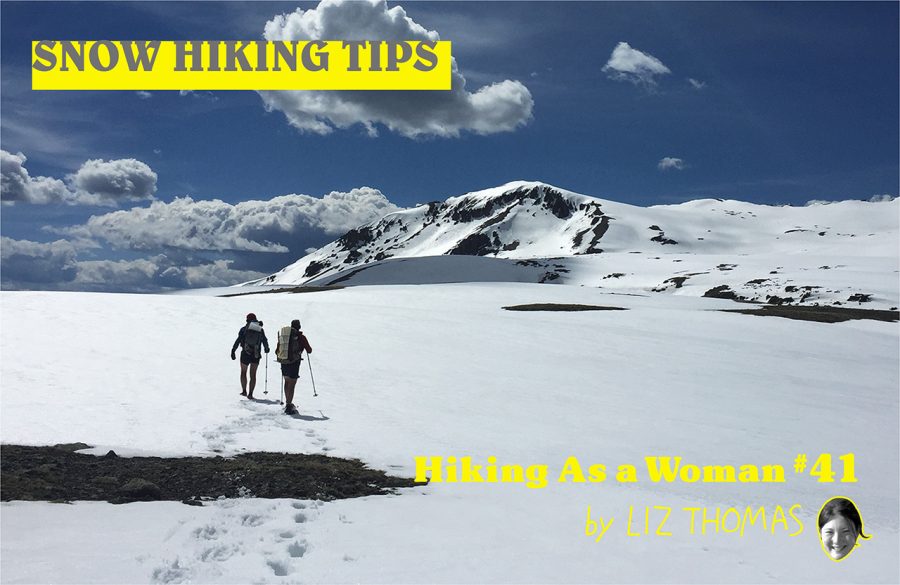
Thru-Hiking in the U.S. in a Big Snow Year: Tips for international hikers
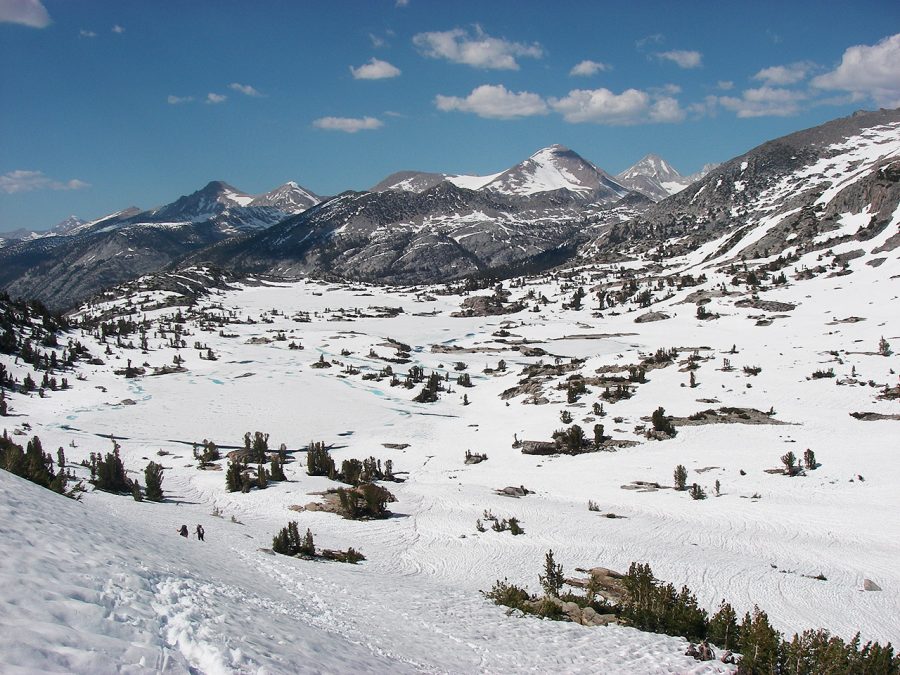
This year, the Sierra Nevada mountain range saw 300% of the usual snowpack. The Rocky Mountains along the Colorado Trail and Continental Divide Trail also saw a big snow year. A cold spring meant that the snow in both mountain ranges didn’t melt. Thru-hikers on the Pacific Crest Trail and John Muir Trail faced much deeper snow and rivers with raging snowmelt.
For thru-hikers visiting from other countries, these are some tips on learning about snow conditions and skills required for the PCT, JMT, Colorado Trail, and CDT:
1) Know that you can always skip around sections that look unsafe. This year, many northbound PCT thru-hikers opted to stop at Kennedy Meadows in the southern Sierra. Then they took some time off and started hiking the trail again in areas where there was less snow, such as Oregon. Some came back to hike the PCT in the SIerra in the fall, after the mountains had an entire summer to melt out. Although many international hikers feel like this year and this time is their one shot to thru-hike, it smarter to plan from the beginning that you will hike as far as you can and to come back to hike in safer conditions.
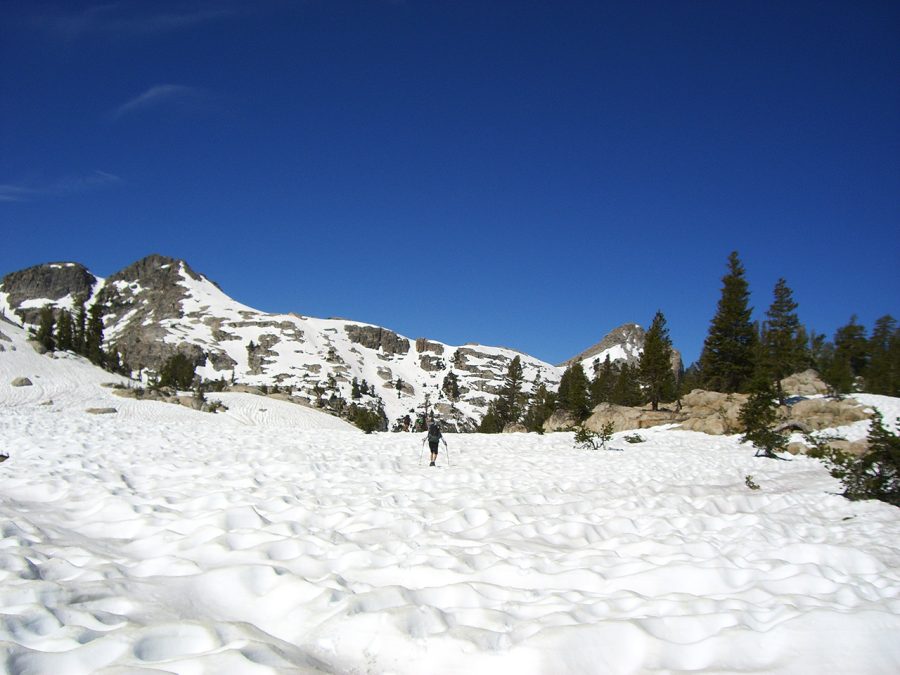
2) Practice and take classes before you go. If you know you’ll be hiking in a big snow year (and even in lower snow years) take classes before you go and learn skills such as how to use an ice ax, wilderness first aid, and how to safely ford a river. Work with more experienced hikers and instructors. This will give you muscle memory and confidence on what to do in a risky situation.
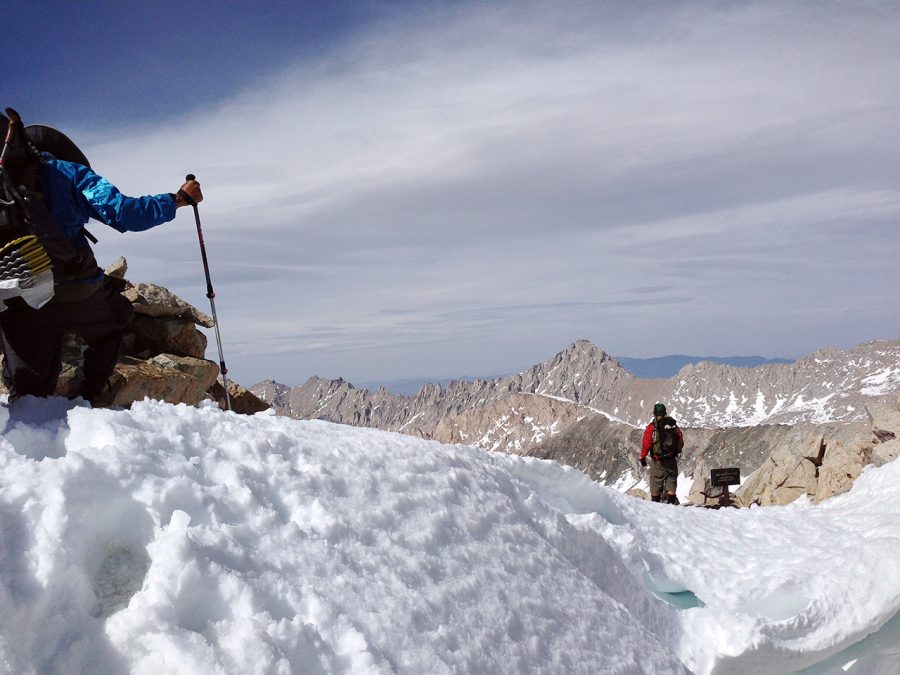
3) Check conditions before you go. For each trail, there are numerous resources for checking snow conditions, the depth and flow of river crossings, as well as upcoming weather. Use these data points to decide whether to enter big snow areas. In the links below, there are articles that list out resources for local government agencies in the U.S. that track this information.
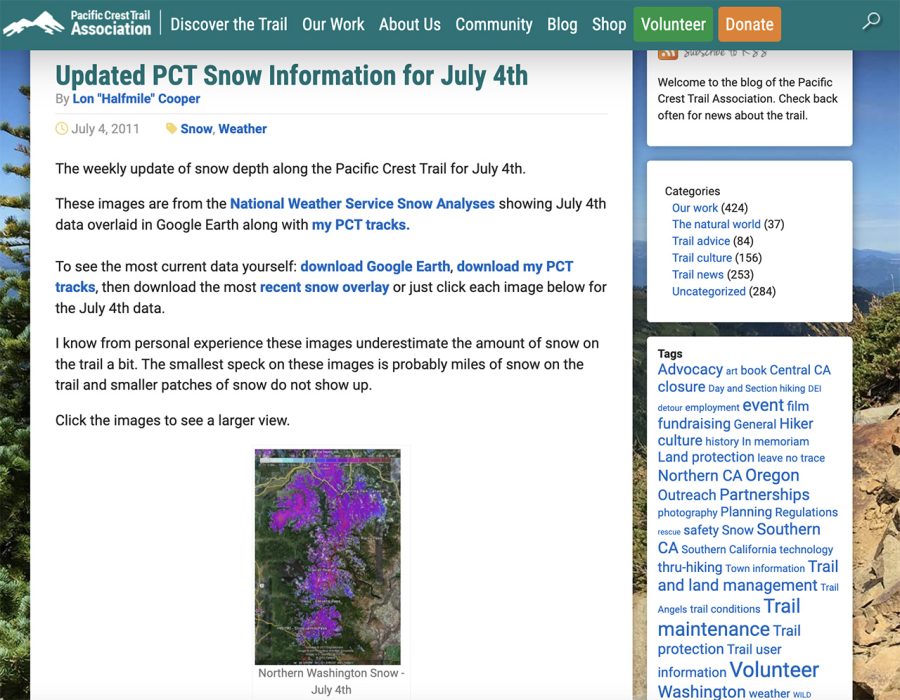
4) If you decide to hike into big snow areas, go with a group. Everyone in your group should have proper gear, such as an ice ax, as well as the skills and experience to use it. It’s ok if not everyone in the group is the same skill level, but make sure that everyone feels comfortable with each other’s experience levels. Even if speaking in English doesn’t feel comfortable, make sure you know how to let others know when you feel unsafe or need help.
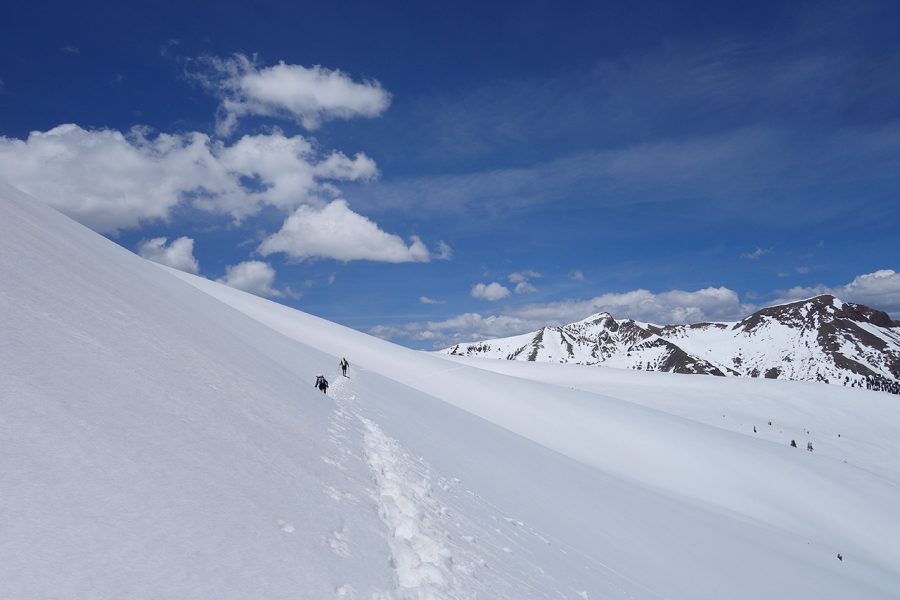
5) Always have the proper maps. Pick up some extra paper maps that show bailout points. Many PCT thru-hikers this year entered the Sierra thinking they could make it all the way through. After a few days or a week on trail, some realized that it was hard, scary, and dangerous. After getting over Forester Pass, these northbounders exited the Sierra at Onion Valley over Independence Pass. This is completely fine and a smart decision to make! Just make sure you know what your exit points are and have maps for other trails besides just the PCT and JMT so that you have more options to make safe decisions.
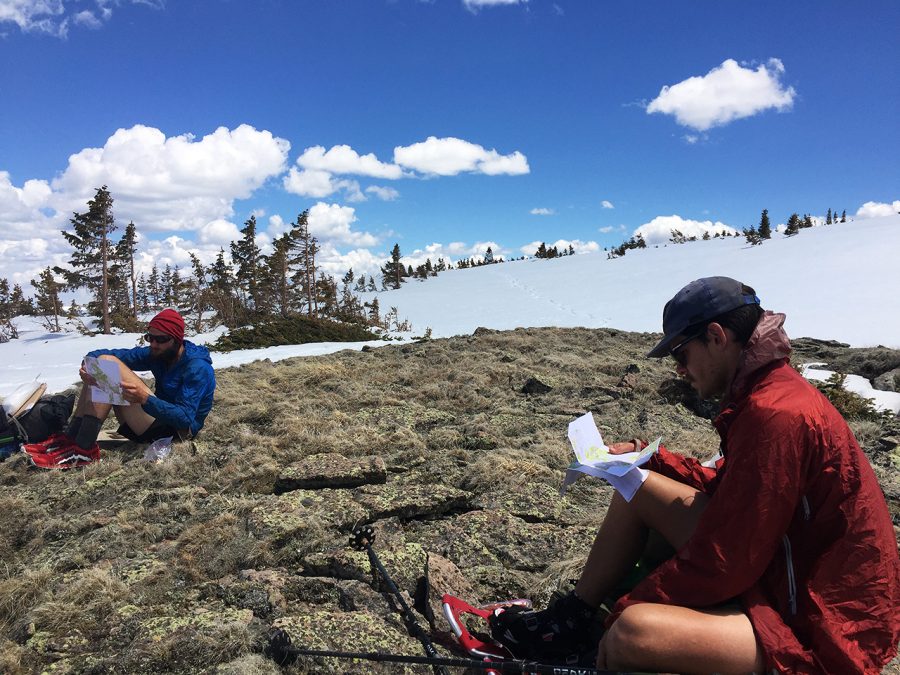
6) Leave an itinerary with others and carry a Garmin inReach: Make sure that others know your group is going into the snowy areas. Make sure they know who it is with you, and when you plan to have cell service again. Carry a Garmin InReach or two-way satellite communicator and know how to use it in case of an emergency.
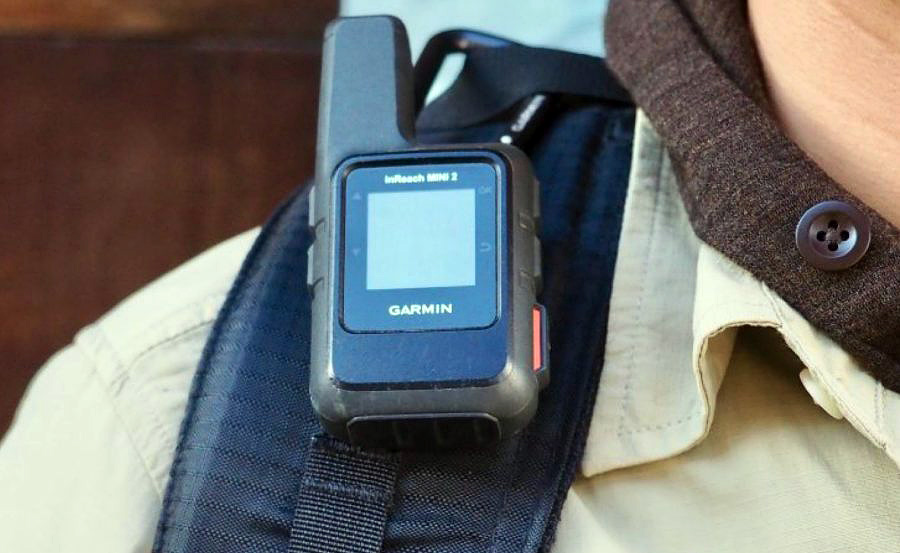
7) Always ford rivers and creeks with others. If your group gets separated, wait until everyone gets to a river or creek crossing and ford together. There are different techniques to ford more safely by holding onto each other.
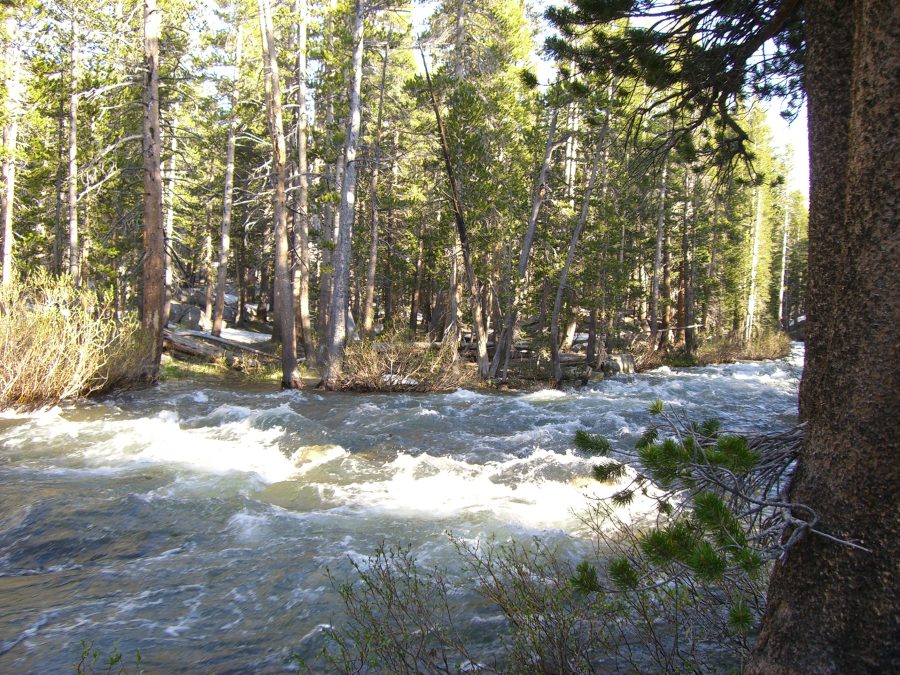
8) Wait until morning to cross creeks and rivers. Rivers are generally safest to cross early in the morning, as temperatures at night are not as hot so snow doesn’t melt as quickly. Snowmelt levels are the highest after a warm afternoon. There is no shame in camping by the side of a creek and waiting until morning to cross. It may mean hiking as far as you’d like that day, but it is worth it for safety.
9) Prepare your gear for being in snow. In big snow years, you may be hiking in snow all day. Consider waterproof shoes and waterproof socks to keep your feet warm. Size up your shoes if you’re wearing waterproof socks. You may also find you need to camp on snow, so plan to have extra warm gear, especially a well-insulated sleeping pad. You may also find the snow has covered some creeks and streams (this is especially true on the Continental Divide Trail). If you hike without a stove, pick up a stove because you may need to melt snow for drinking water. You may even want to consider snowshoes or skis, depending on the snow conditions.
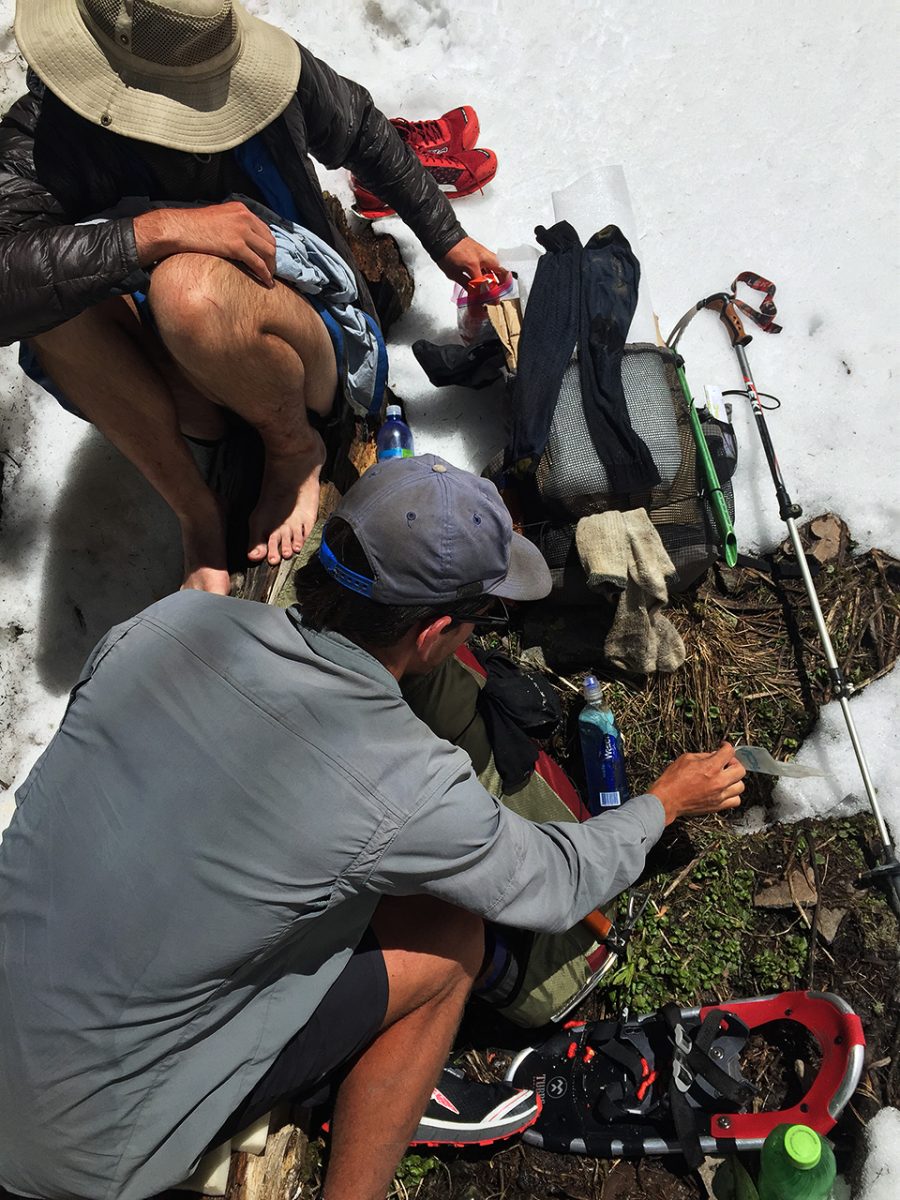
10) Realize you will be going slower than usual. Walking in deep snow is much slower than walking on dry ground. You will not be able to go as far each day. Be sure to bring enough supplies, especially food, to survive the extra time it will take between resupplies.
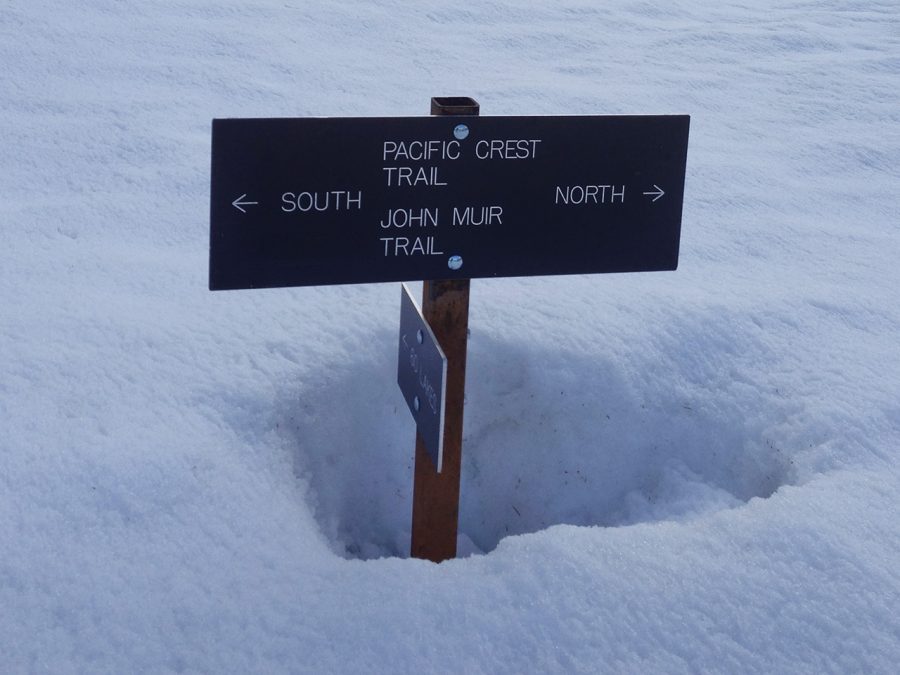
Here is a longer resource I’ve worked on about this topic:
A video panel on Thru-hiking in a Big Snow Year with three thru-hikers who have hiked the PCT and CDT in historic snow years. The hikers talk about tips, how they managed to hike, and what gear they brought. They also talk about skills they learned before they set off to hike in a big snow year and how they prepared. Lastly, they share what they wish they had known and what they would do differently if they were to hike in a big snow year again.
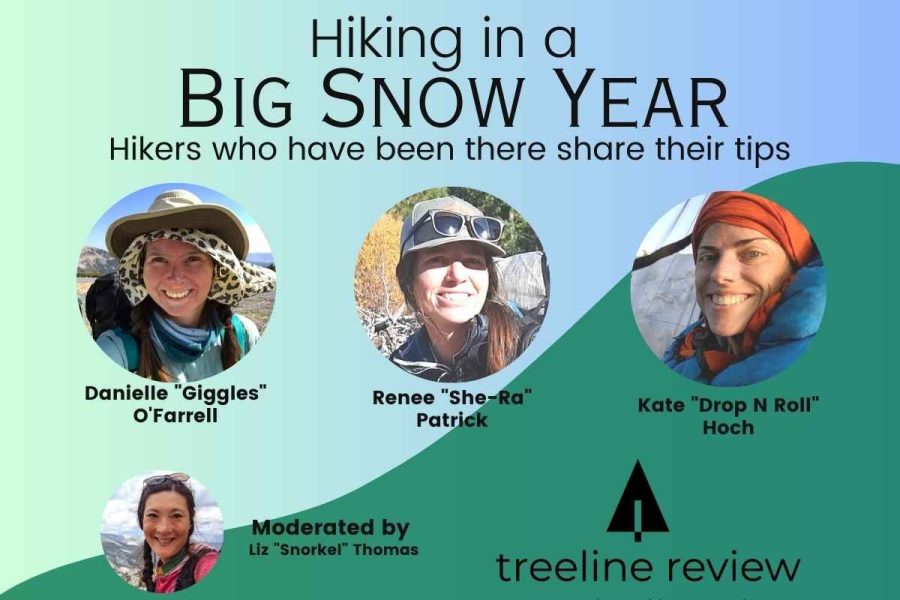
https://www.treelinereview.com/learn-skills/thru-hike-in-a-big-snow-year
- « 前へ
- 2 / 2
- 次へ »
TAGS:


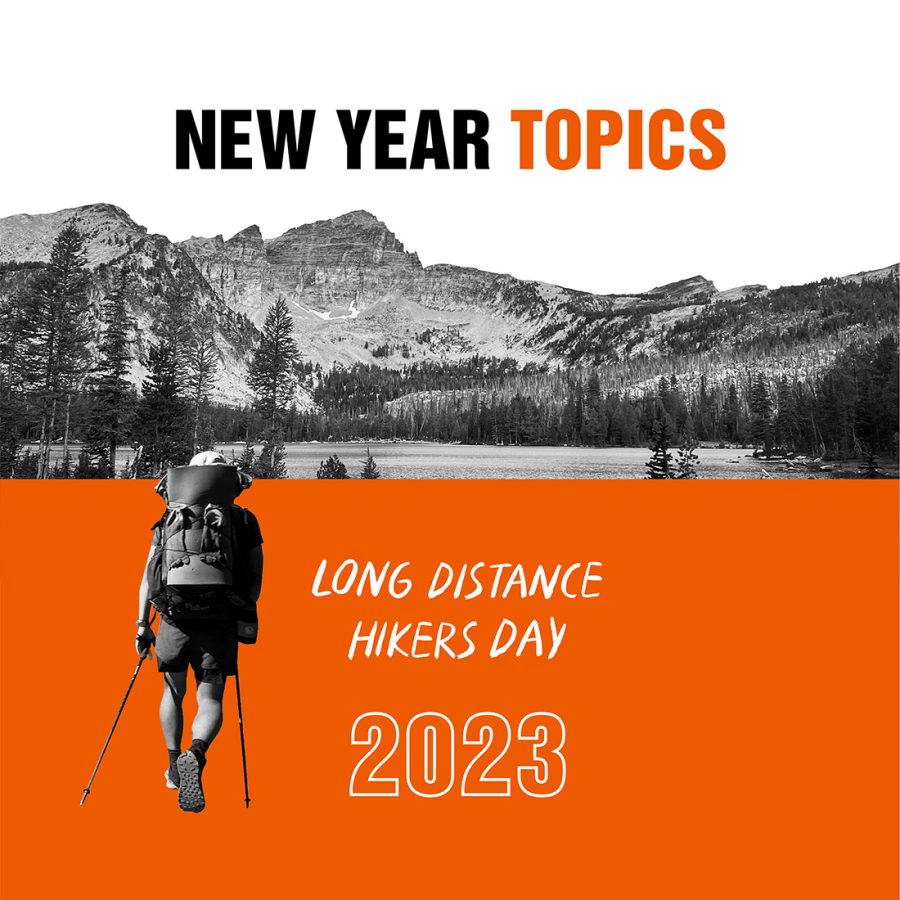
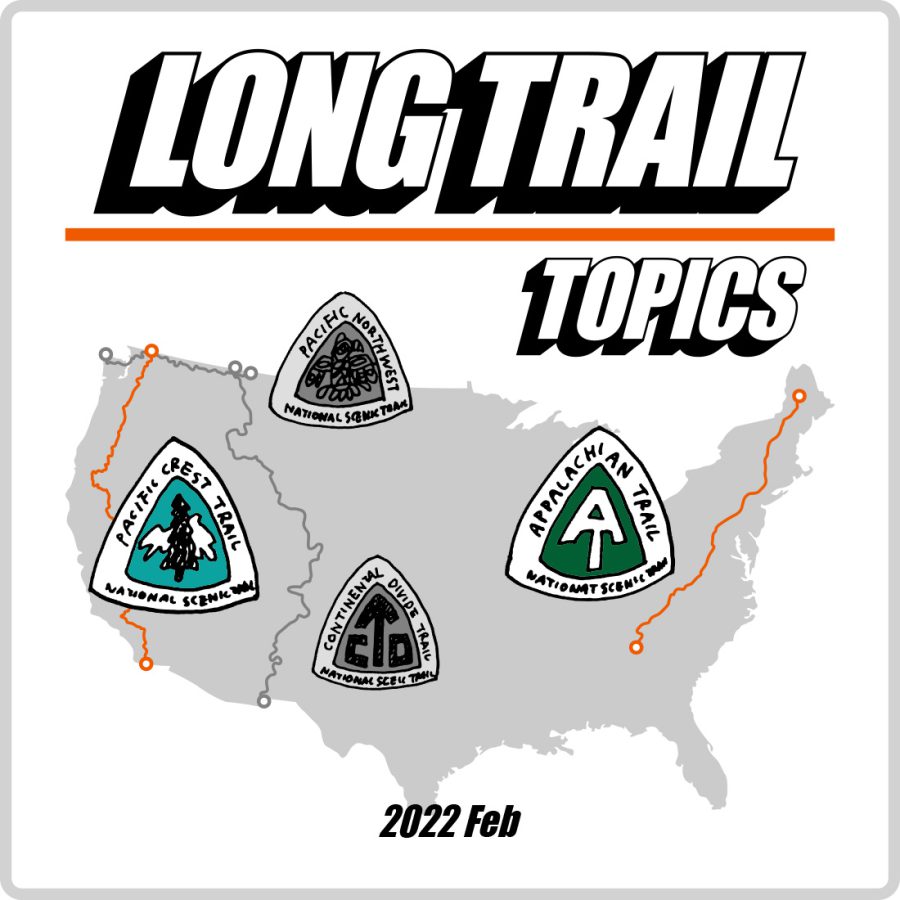
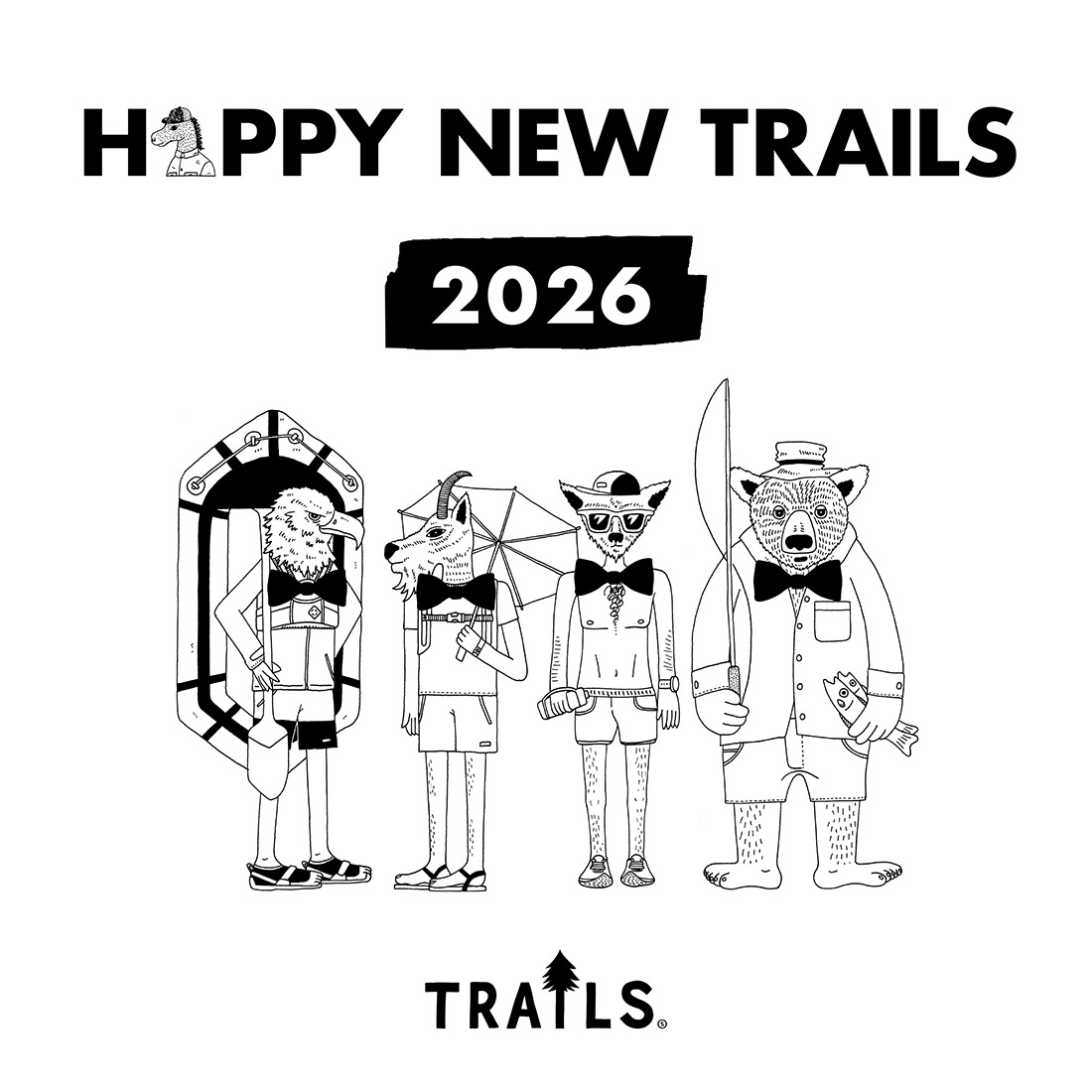


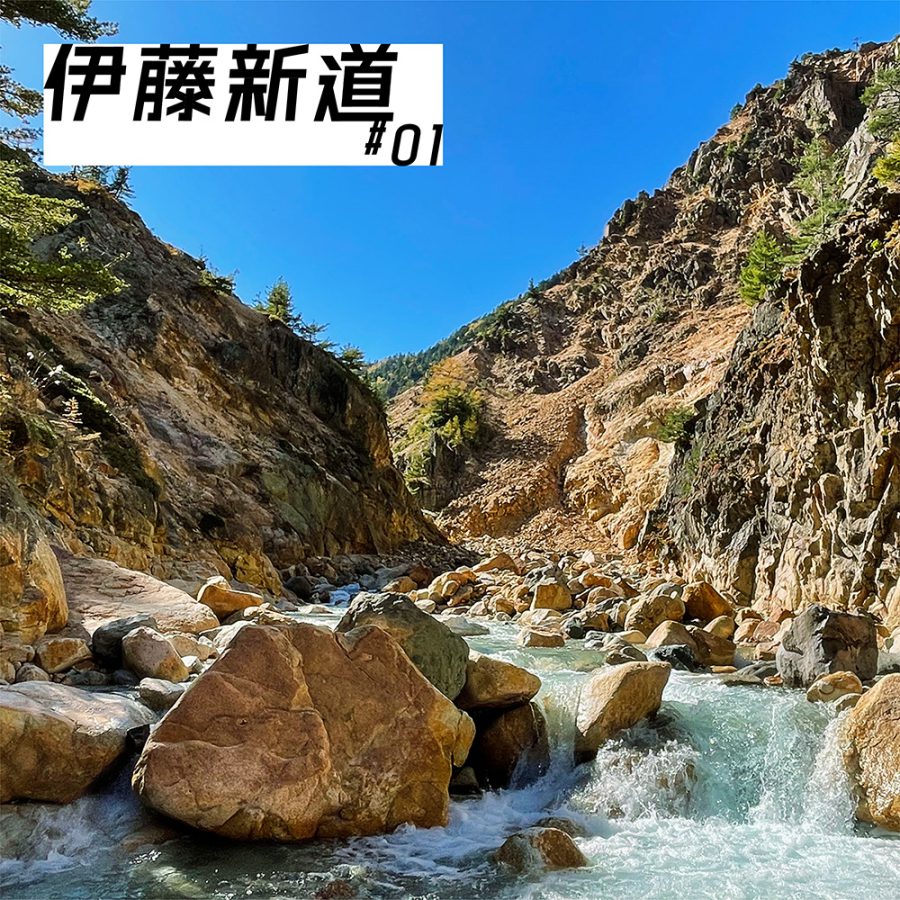
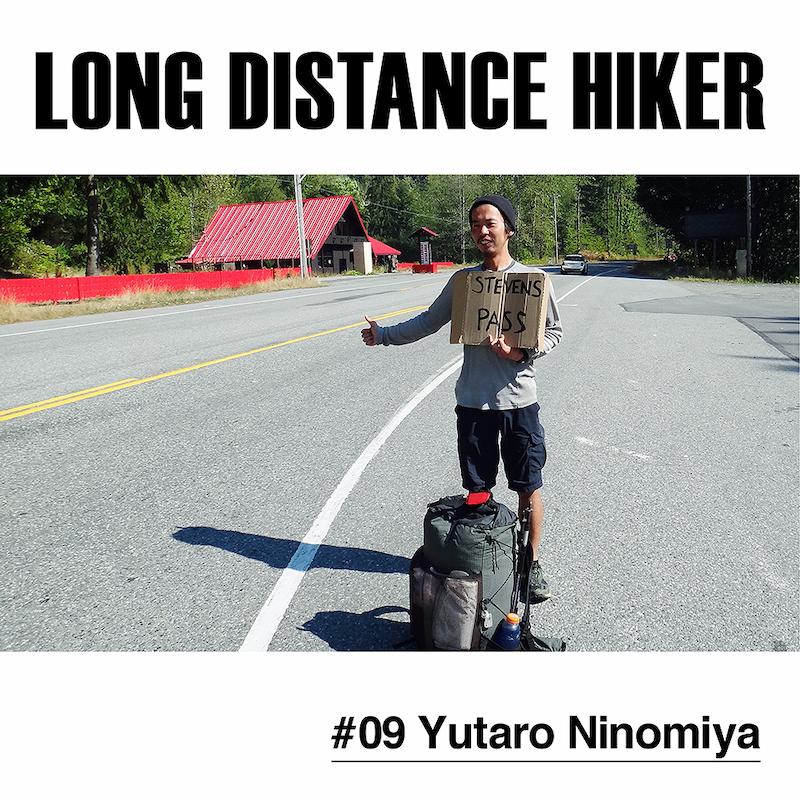
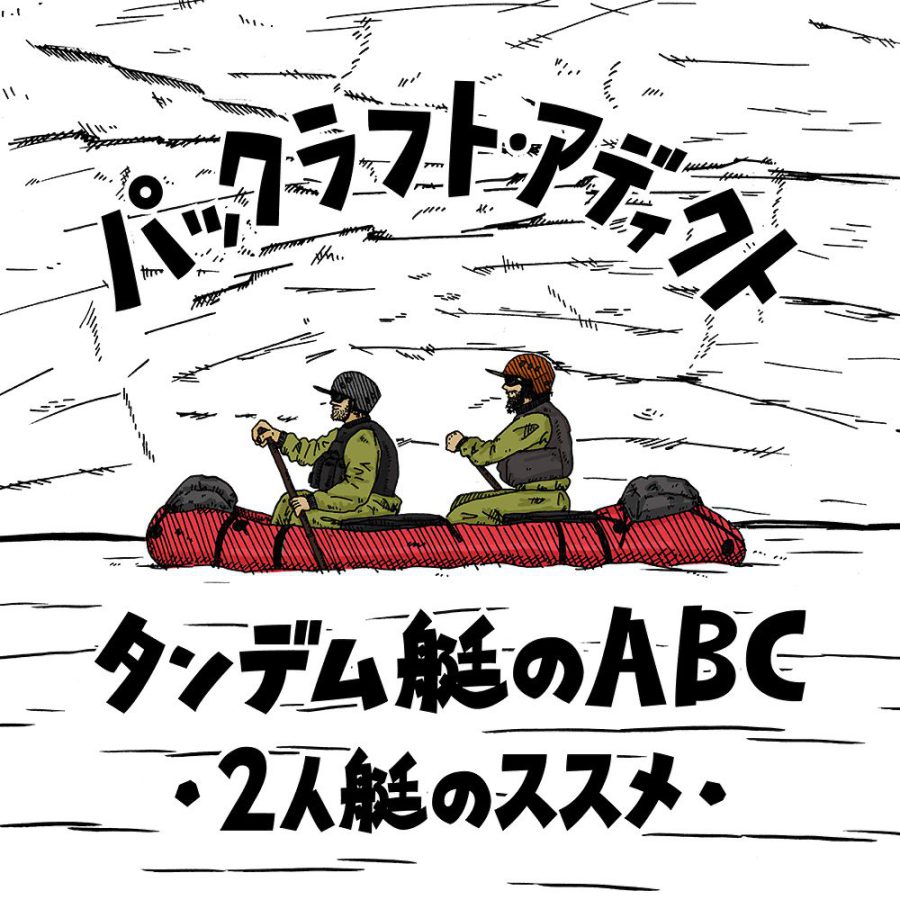
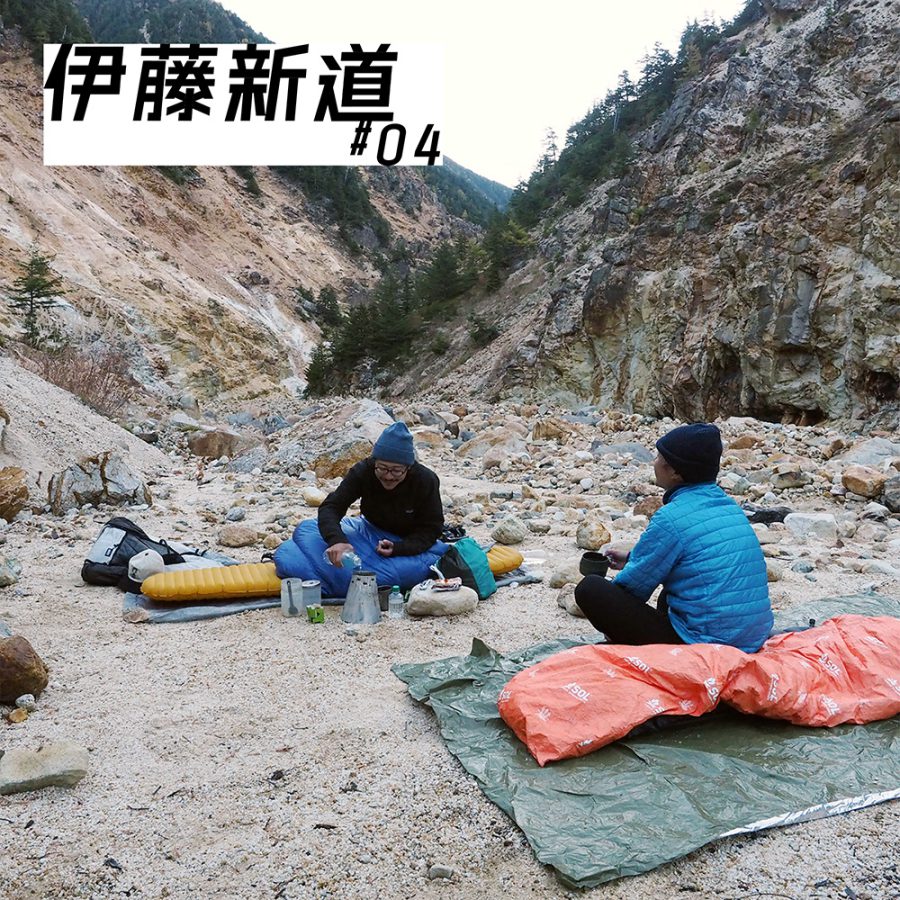


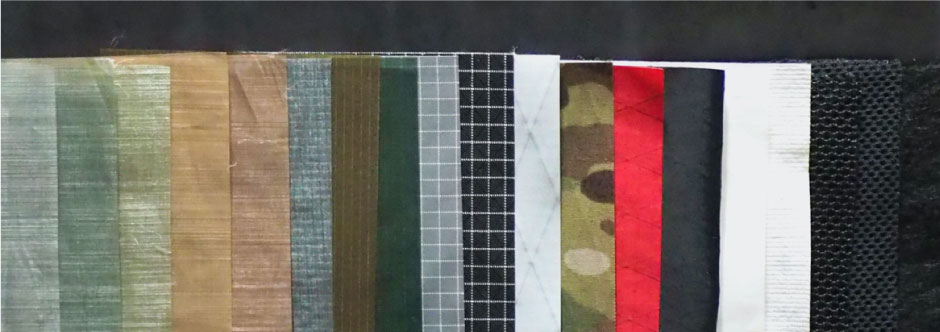
 ULギアを自作するための生地、プラパーツ、ジッパー…
ULギアを自作するための生地、プラパーツ、ジッパー… 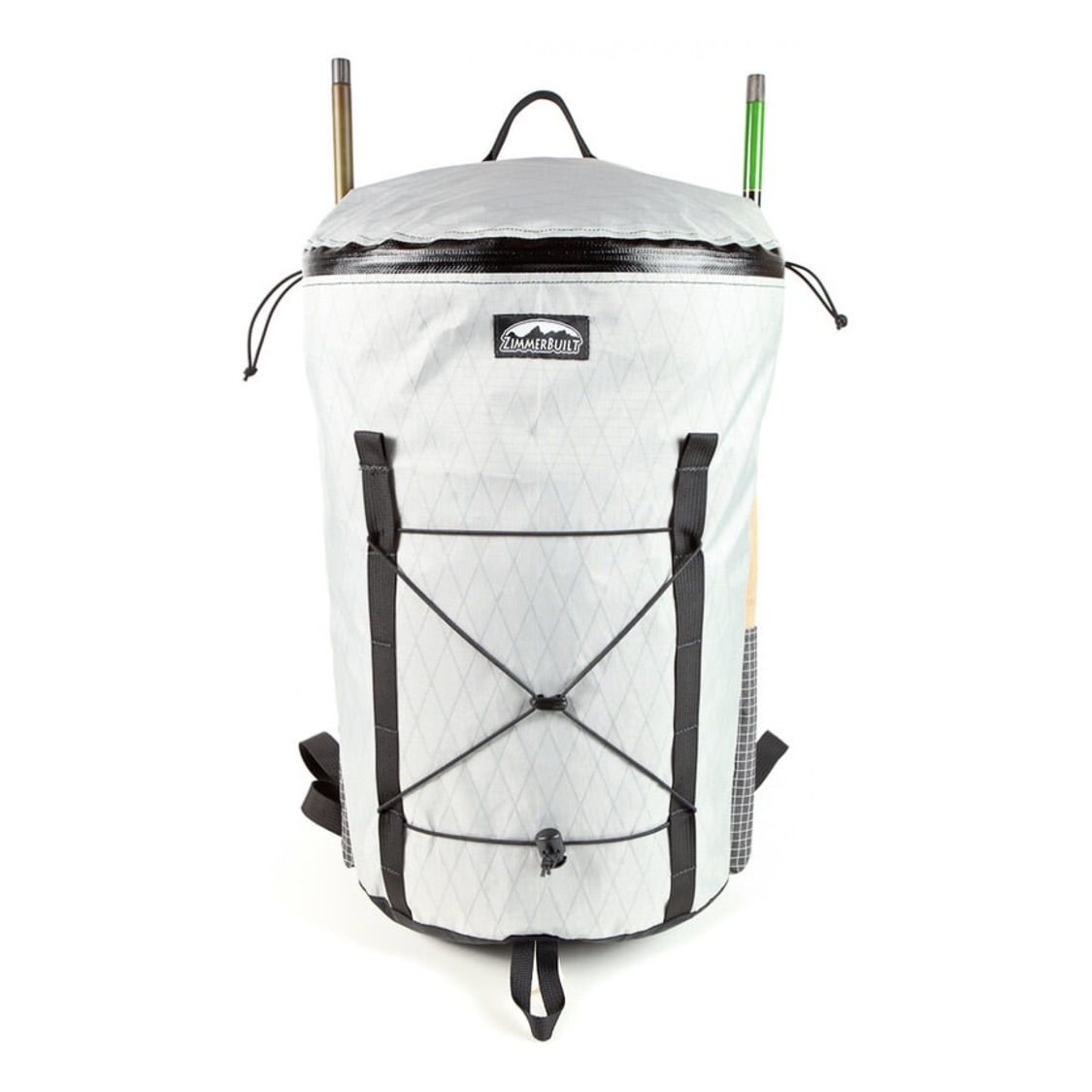 ZimmerBuilt | TailWater P…
ZimmerBuilt | TailWater P… 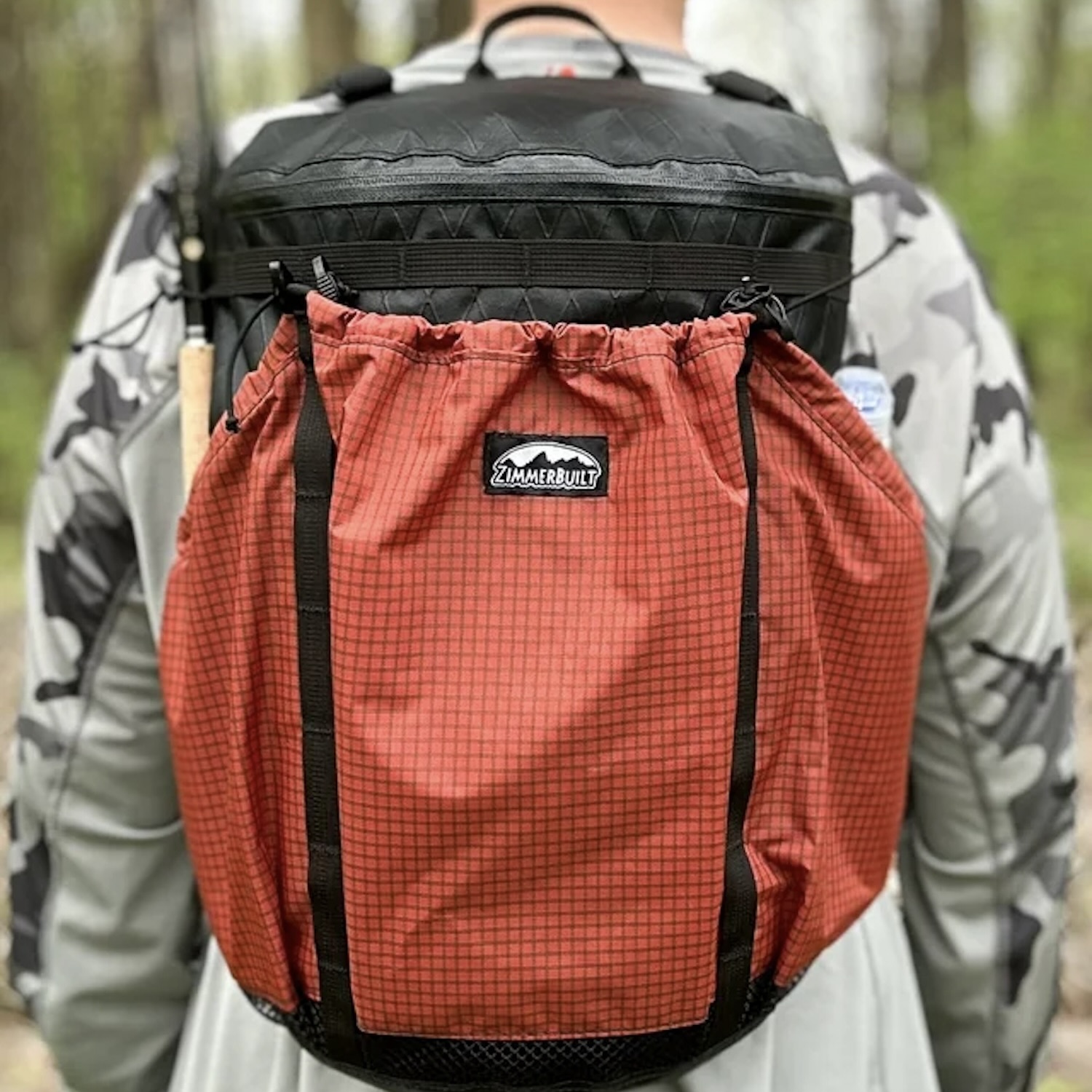 ZimmerBuilt | PocketWater…
ZimmerBuilt | PocketWater… 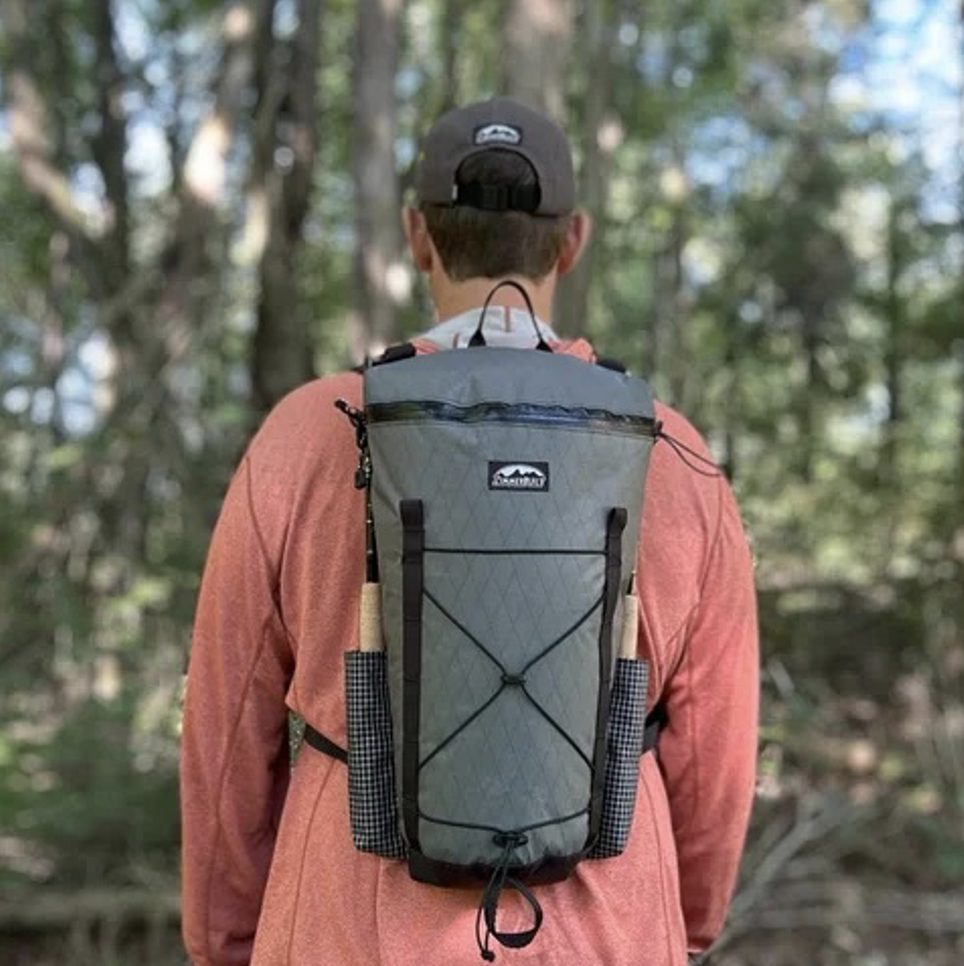 ZimmerBuilt | DeadDrift P…
ZimmerBuilt | DeadDrift P… 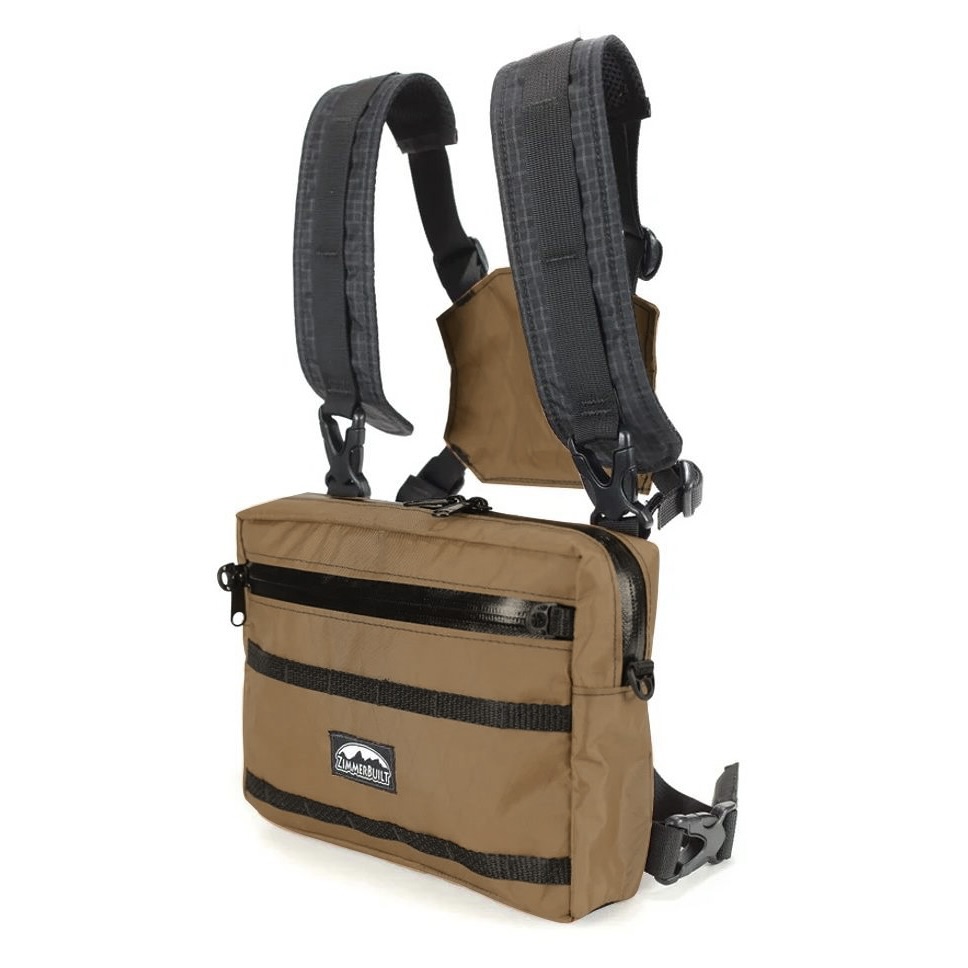 ZimmerBuilt | Arrowood Ch…
ZimmerBuilt | Arrowood Ch… 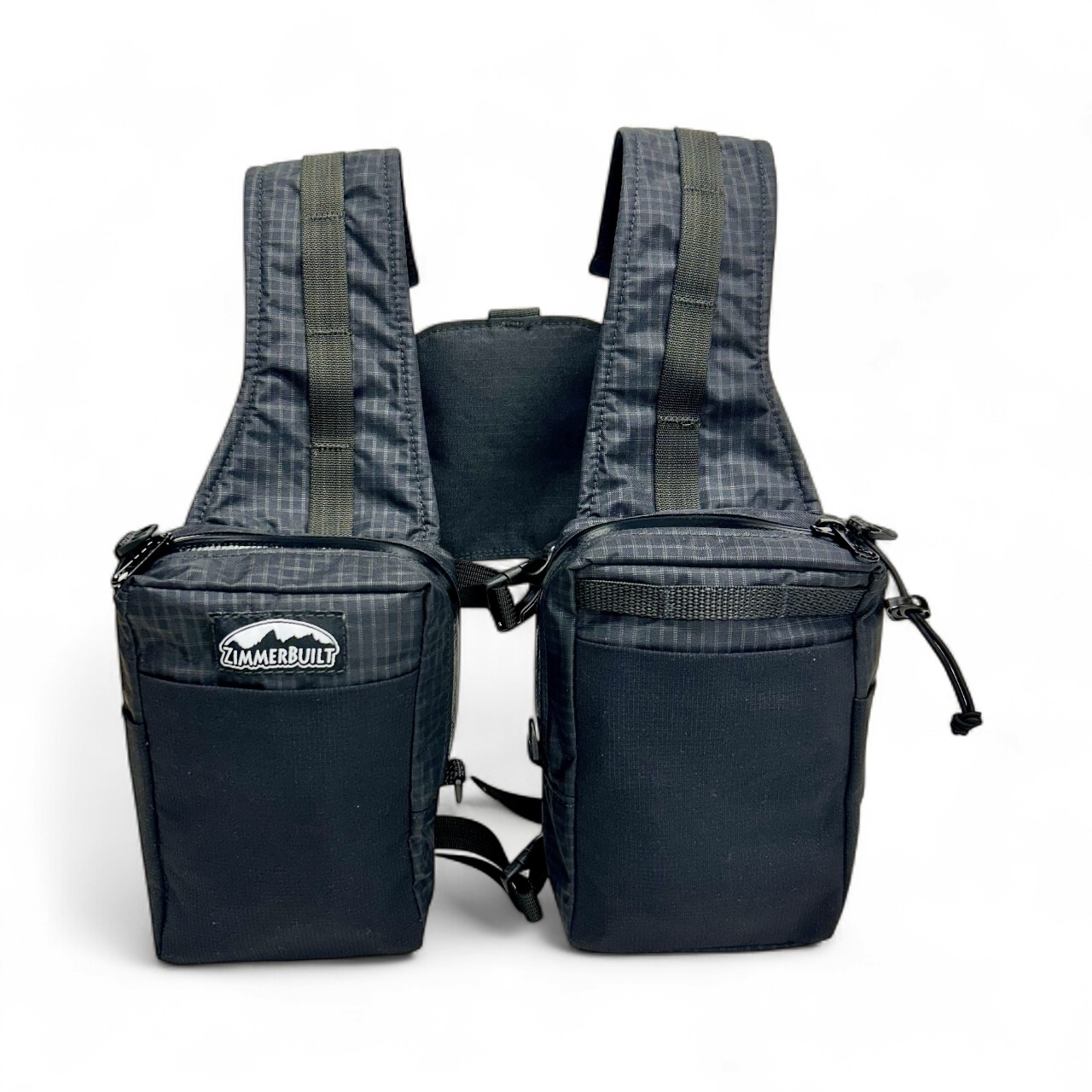 ZimmerBuilt | SplitShot C…
ZimmerBuilt | SplitShot C… 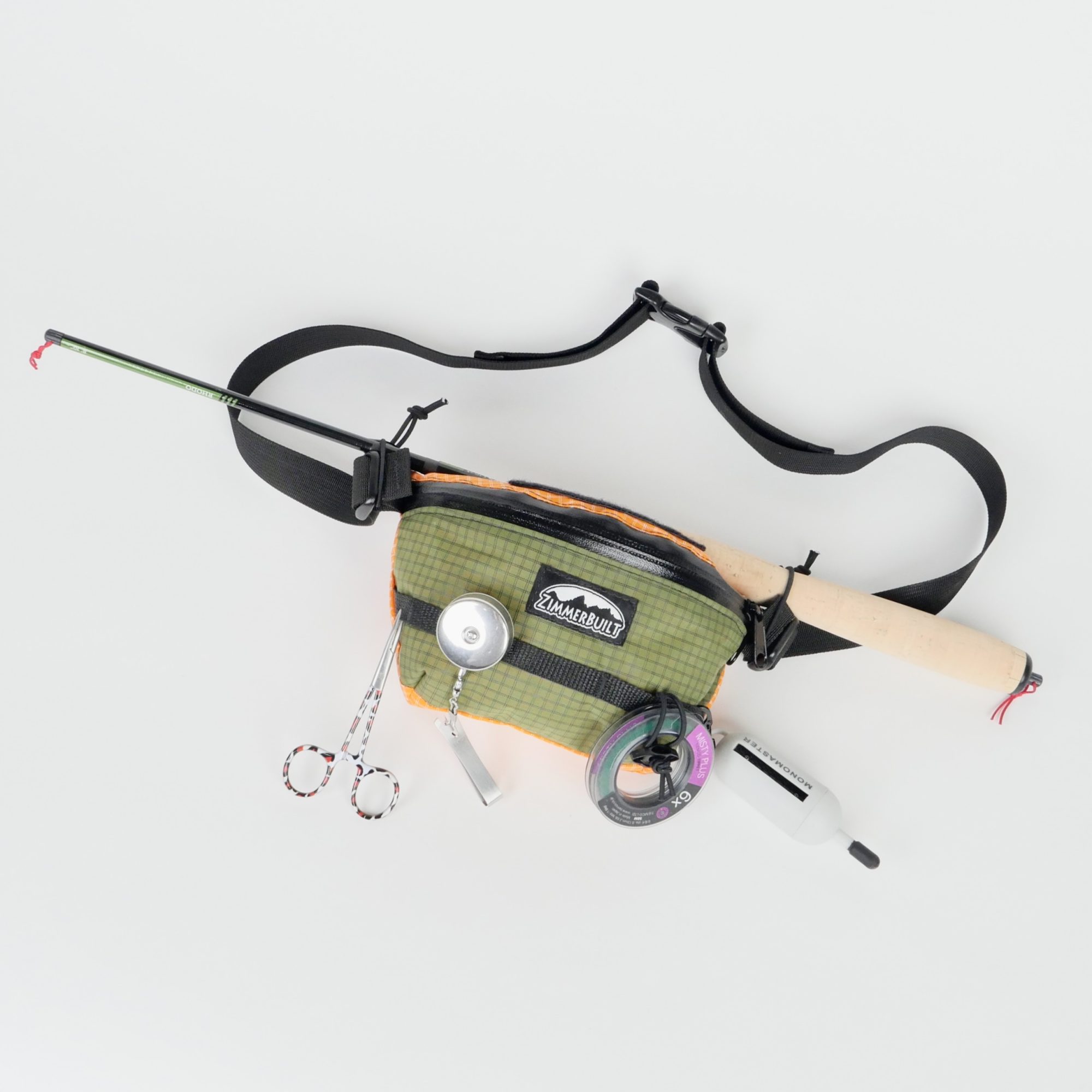 ZimmerBuilt | Darter Pack…
ZimmerBuilt | Darter Pack… 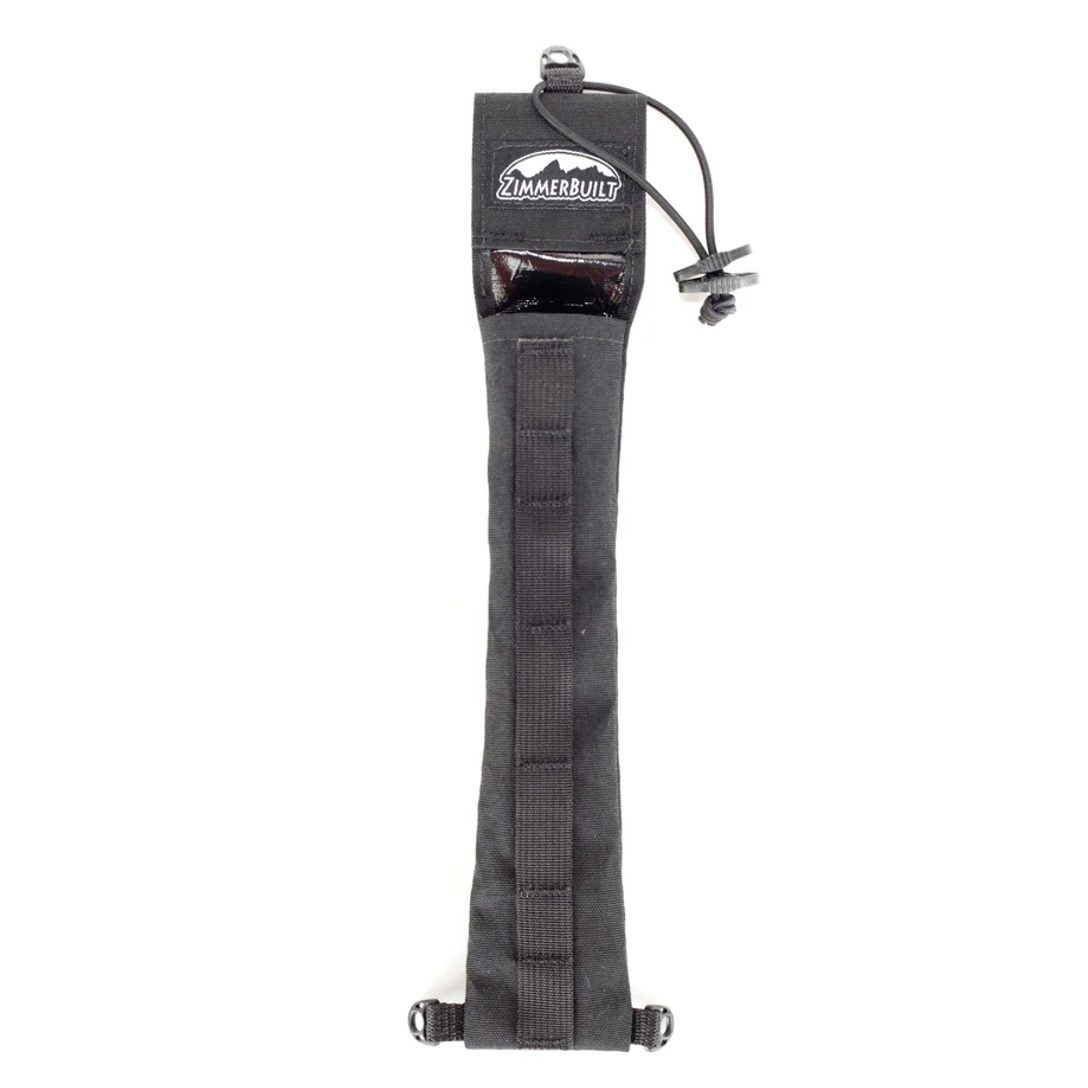 ZimmerBuilt | QuickDraw (…
ZimmerBuilt | QuickDraw (… 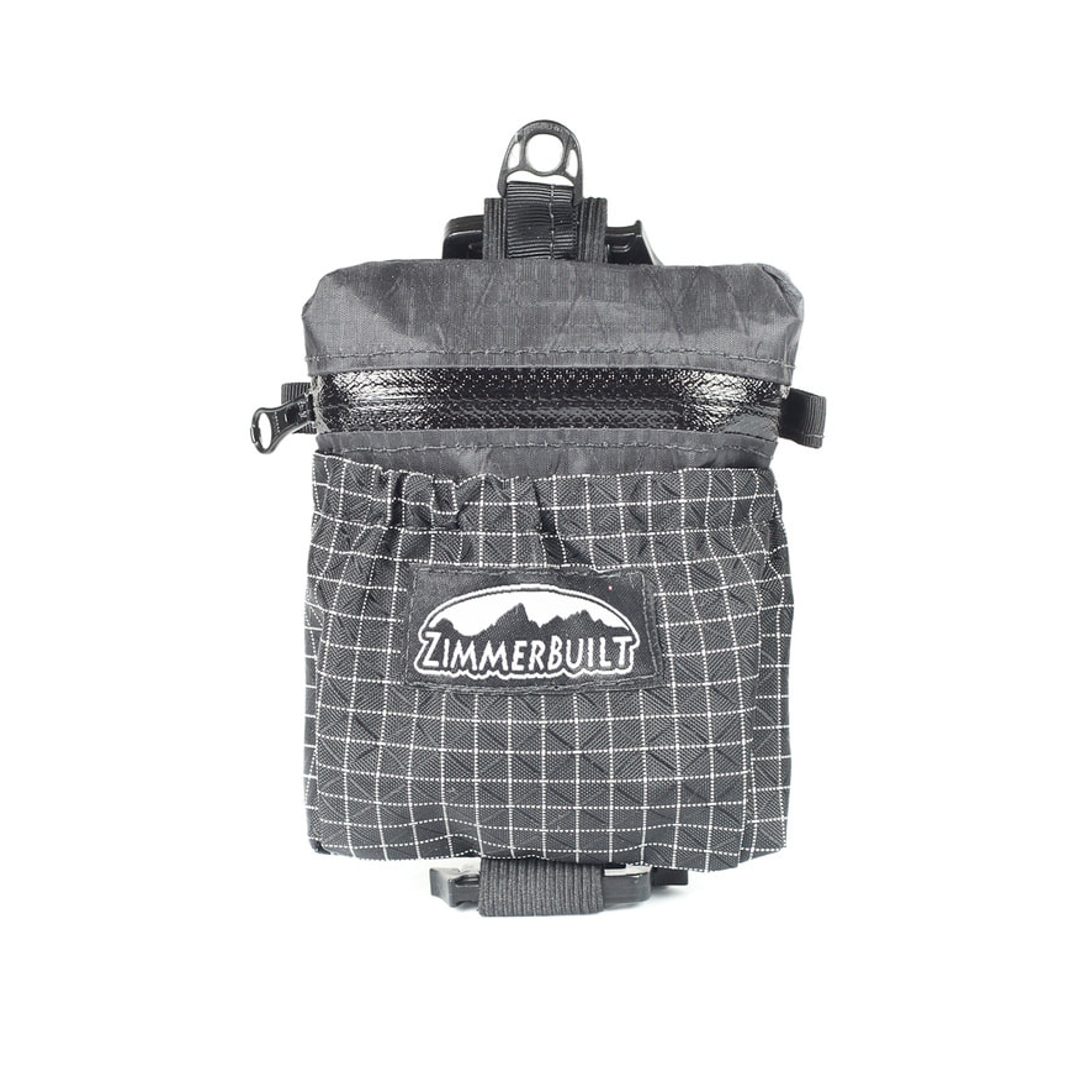 ZimmerBuilt | Micro Pack …
ZimmerBuilt | Micro Pack … 







